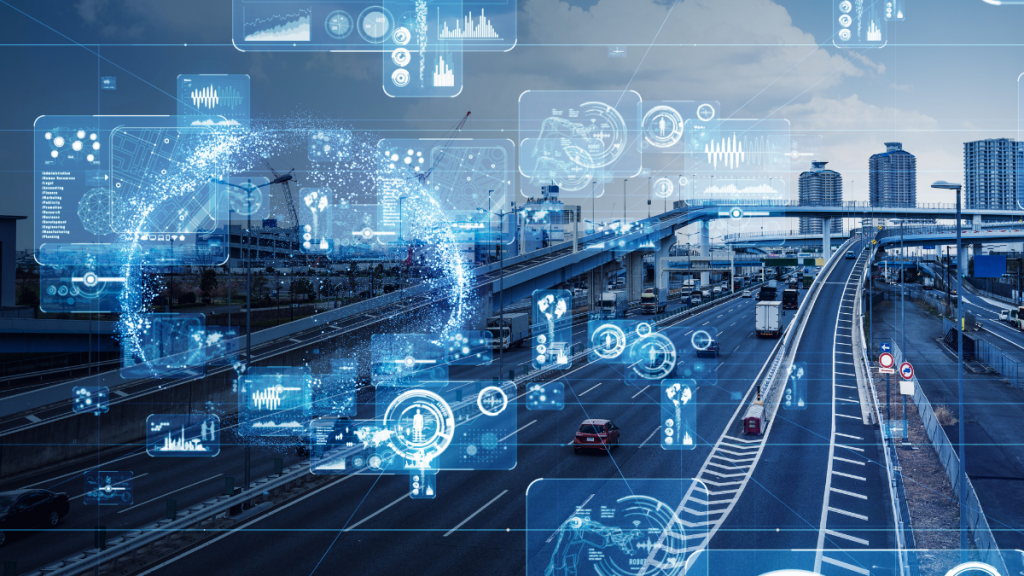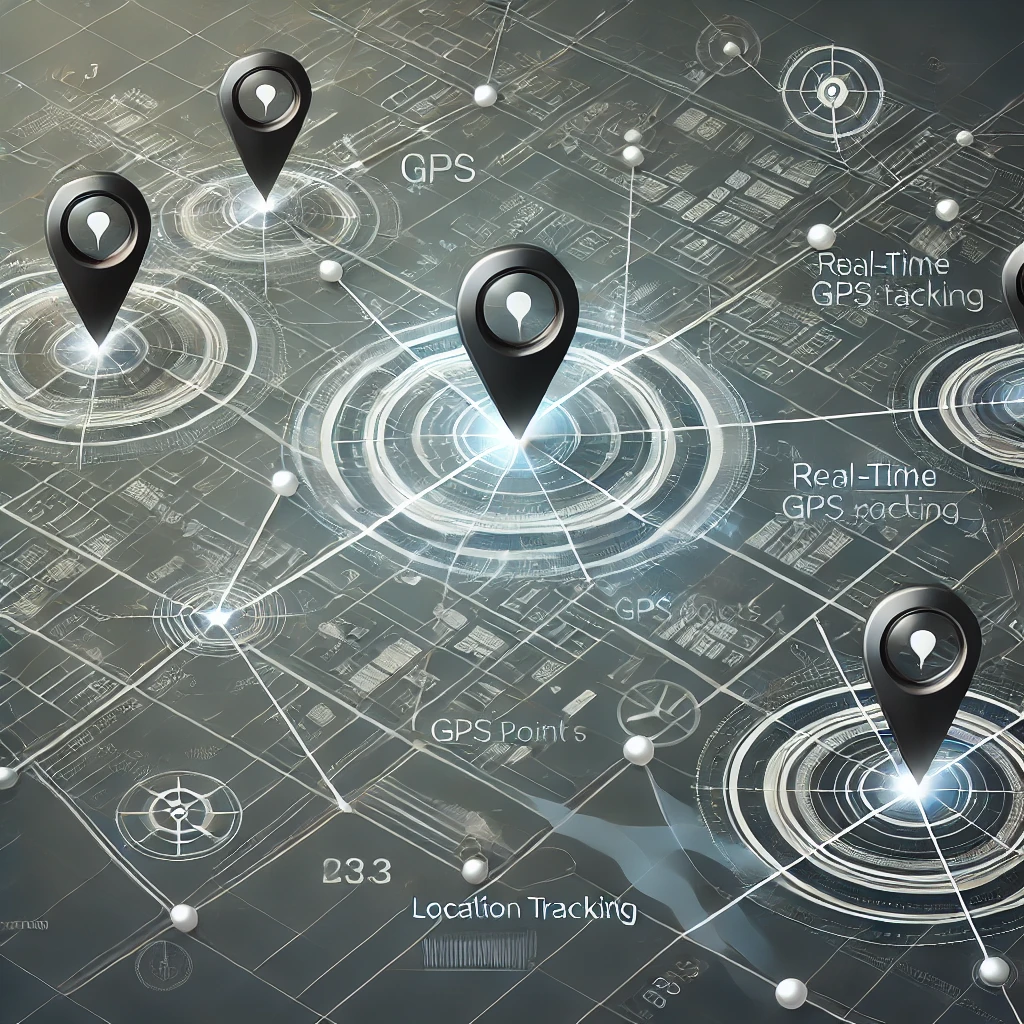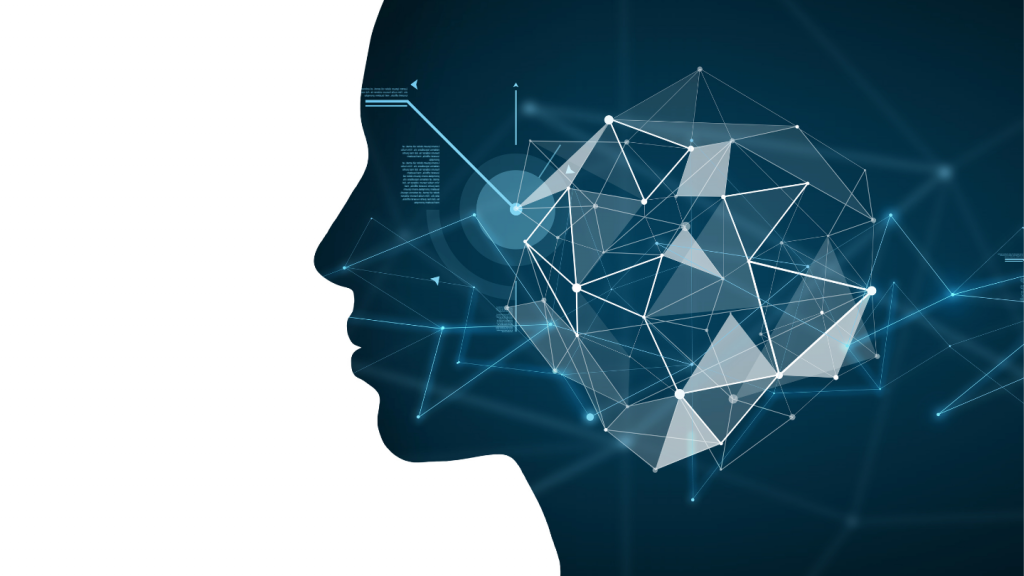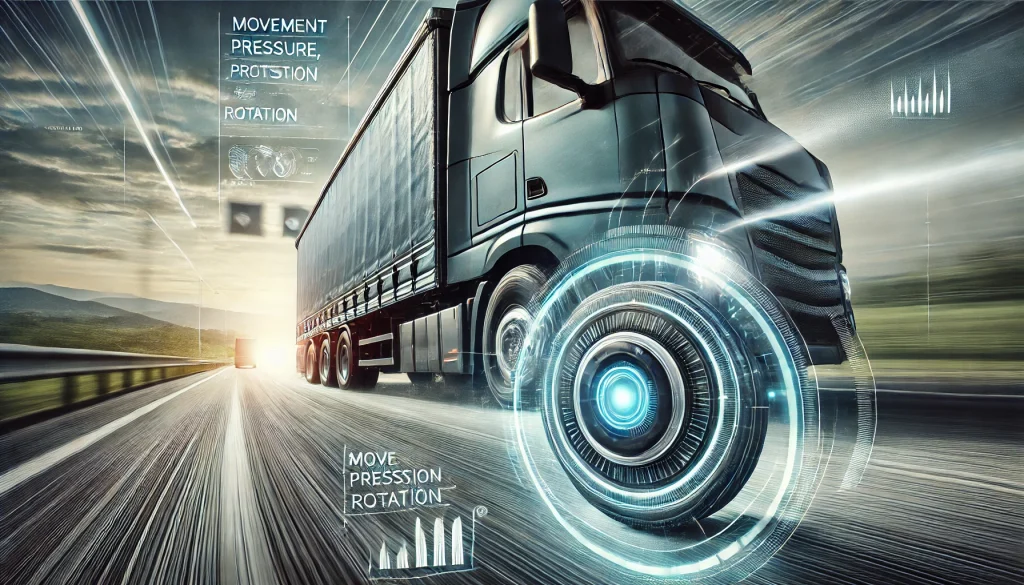data collection
- Our cloud solutions are designed to provide robust and secure data collection capabilities that enable you to gather, store, and analyze data efficiently and effectively.
- Leveraging advanced AI capabilities, our solutions ensure that you can derive meaningful insights from your data.

sensors
- Battery Management System (BMS) Sensor
- These sensors monitor the voltage, current, and temperature of batteries to ensure optimal performance and safety.
- Slope data collection (Inclinometer Collection)
- Also known as tilt sensors or slope sensors, these devices measure the angle of slope or tilt with respect to gravity.
- Temperature data (Collection Temperature)
- Thermocouple: A sensor used to measure temperature by producing a voltage proportional to the temperature difference between two points.
- RTD (Resistance Temperature Detector): A sensor that measures temperature by correlating the resistance of the RTD element with temperature.
- Thermistor: A type of resistor whose resistance varies significantly with temperature.
- Acoustic data (Sound Collection)
- Microphone: A sensor that captures sound waves and converts them into electrical signals.
- Hydrophone: A microphone designed to be used underwater for recording or listening to underwater sound.
- IMU data (IMU Collection)
- IMU (Inertial Measurement Unit): A sensor that typically includes accelerometers, gyroscopes, and sometimes magnetometers to measure velocity, orientation, and gravitational forces.





Cameras - Visual Intelligence (VISINT) Solutions
- Mobile Group leverage advanced AI and machine learning technologies to collect, analyze, and interpret visual data from various sources.
- Mobile Group's VISINT solutions provide comprehensive visual intelligence capabilities, enabling businesses to harness the full potential of their visual data.




location
- Satellite Data Collection
- Multispectral and Hyperspectral Imaging: Satellites equipped with advanced sensors capture images in multiple wavelengths, providing detailed information about the Earth's surface.
- Radar Imaging: Synthetic Aperture Radar (SAR) sensors on satellites capture high-resolution images, even in cloudy or dark conditions.
- GPS Location Tracking
- Mobile Devices and IoT Sensors: Devices equipped with GPS sensors collect location data in real-time.
- Vehicles and Assets: GPS trackers are installed in vehicles and other assets to monitor their location and movement.


Data analysis
Data analysis
- Cloud-based data analysis involves several key steps, leveraging the scalability, flexibility, and power of cloud computing to process and analyze large volumes of data efficiently.
- By leveraging the power of cloud computing, businesses can analyze large datasets more efficiently, gain deeper insights, and make data-driven decisions faster than ever before.
- With advanced AI capabilities, our cloud platform enables detection of problems and malfunctions based on the information we collect at Mobile Group. These capabilities enable predictive maintenance, better management, and detection of faults and problems in real time

Data Storage
- Data storage involves saving data in a structured and organized manner so that it can be efficiently retrieved and used for analysis and decision-making.
- By categorizing data and assigning weight to each category, organizations can better manage businesses data storage resources, ensuring that the most critical data is easily accessible and prioritized for analysis.

Data Processing
- Mobile Group's Data processing involves transforming raw data into meaningful information through a series of steps.
- Data is collected from various sources such as sensors, databases, applications, and external APIs.
- Cleaning the Data. Removing Errors: Identifying and correcting errors or inconsistencies in the data. Handling Missing Values: Filling in missing values or removing incomplete records. Normalization: Standardizing data formats and units.
- Data Transformation. Aggregation: Summarizing data to get insights from large datasets. Filtering: Removing unnecessary or irrelevant data. Encoding: Converting categorical data into numerical formats for analysis. Enrichment: Combining data from multiple sources to add context or enhance data quality.
- Data processing is a critical aspect of transforming raw data into actionable insights. By following a structured workflow, Mobile Group can ensure that your data is accurate, relevant, and easily accessible for analysis and decision-making.


Data Analysis and Machine Learning
- Machine Learning (ML) is a subset of artificial intelligence (AI) that focuses on building algorithms and statistical models that enable computers to learn from and make predictions or decisions based on data.
- Data Analysis
- Provides the foundation for machine learning by ensuring that data is clean, well-understood, and in a suitable format for modeling.
- Exploratory Data Analysis (EDA)
- Helps identify relevant features and patterns that can inform feature engineering and model selection.
- Predictive Analysis
- In data analysis often employs machine learning models to make accurate predictions based on historical data.
- Descriptive and Prescriptive Analysis
- Can benefit from machine learning by automating insights generation and recommending optimal actions.
- By combining data analysis and machine learning, organizations can leverage their data to gain deeper insights, make more accurate predictions, and drive better decision-making processes.




ai capabilities
- With advanced AI capabilities, our cloud platform enables detection of problems and malfunctions based on the information we collect at Mobile Group. These capabilities enable predictive maintenance, better management, and detection of faults and problems in real time.

Predictive Maintenance
- Predictive Maintenance is a proactive maintenance strategy that uses data analysis, machine learning, and AI to predict when equipment failures might occur. This approach helps in scheduling timely maintenance, reducing downtime, and extending the lifespan of equipment.
- By leveraging AI and cloud technologies, predictive maintenance transforms how companies manage their assets, leading to more efficient and reliable operations.
- Cloud Integration:
key benefits:
Reduced Downtime
Cost Savings
Extended Equipment Lifespan
Improved Safety
Enhanced Efficiency





visint solutions
- VISINT (Visual Intelligence) Solutions leverage advanced AI and cloud technologies to collect, process, and analyze visual data from various sources, providing actionable insights and enhancing decision-making processes.
- Cameras and Sensors: High-resolution cameras and sensors are deployed in strategic locations to capture visual data in real-time. These can include surveillance cameras, industrial cameras, drones, and satellite imagery. Data Ingestion: The captured visual data is transmitted to the cloud using secure communication protocols.
- AI models trained on vast datasets can identify and classify objects within the visual data, such as people, vehicles, machinery, or natural features.
- Machine learning algorithms are used to identify patterns and anomalies in the visual data, helping to predict events or detect irregularities.
- Advanced techniques such as deep learning and convolutional neural networks (CNNs) are used for detailed image and video analysis, providing insights into complex visual information.
key benefits:
Scalability and Flexibility
Operational Efficiency
Automation and Control
Enhanced Security
Data-Driven Decisions




big data
- Machine Learning (ML) is a subset of artificial intelligence (AI) that focuses on building algorithms and statistical models that enable computers to learn from and make predictions or decisions based on data.
- Data Analysis
- Provides the foundation for machine learning by ensuring that data is clean, well-understood, and in a suitable format for modeling.
- Exploratory Data Analysis (EDA)
- Helps identify relevant features and patterns that can inform feature engineering and model selection.
- Predictive Analysis
- In data analysis often employs machine learning models to make accurate predictions based on historical data.
- Descriptive and Prescriptive Analysis
- Can benefit from machine learning by automating insights generation and recommending optimal actions.
- By combining data analysis and machine learning, organizations can leverage their data to gain deeper insights, make more accurate predictions, and drive better decision-making processes.


cyber

Cyber
- By leveraging advanced AI models, we can monitor and analyze over the cloud extensive data to provide tailored responses for each scenario.

Cloud AI and cyber solutions
- Detection of suspicious movements in vehicles and real-time alerts to fleet managers and drivers
- Real-time warnings about impending dangers during driving
- Predictive maintenance to extend the lifespan of products and more
- We utilize modern and sophisticated AI tools for cloud-based analysis, enabling powerful insights and decision-making capabilities.
- Cloud AI enables us to leverage vast computational resources and sophisticated AI algorithms to analyze large volumes of data for threat intelligence.
- This helps in identifying patterns, predicting potential attacks, and automating responses, thereby enhancing the overall security posture of our clients' infrastructures.
key benefits:

